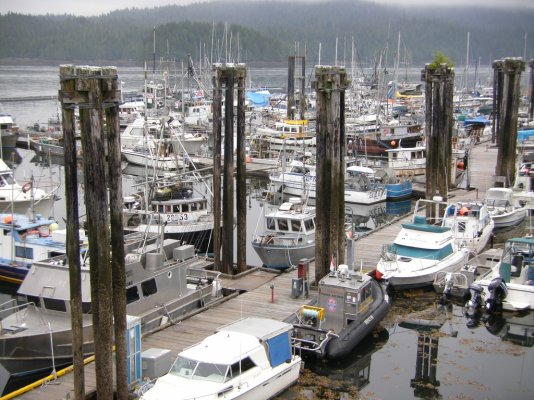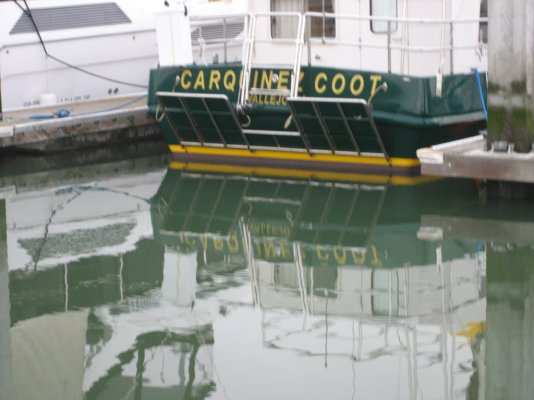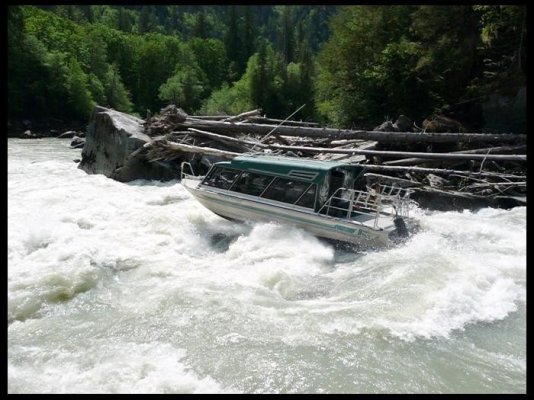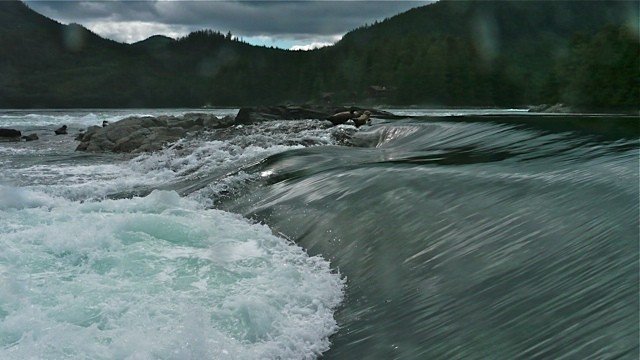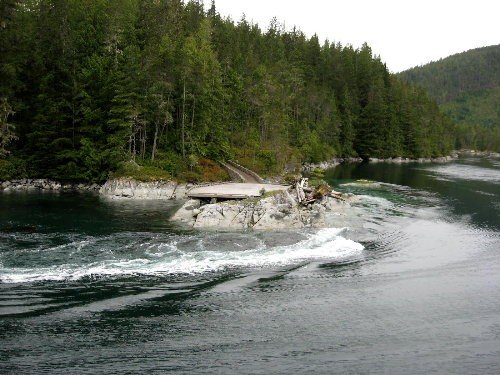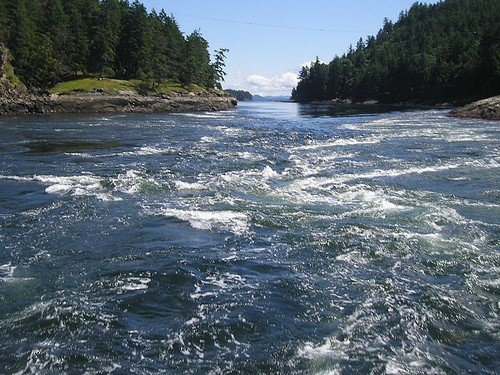*Eric--- In places like the east coast (south of places like Maine and the Canadian maritimes) their tidal ranges are minimal.* So a lot of docks aren't floating, they're fixed.* And even if they are floating, the don't go up and down*very far so there is no need to use the towering pilings that are used in more northern waters where tidal ranges can exceed 20 feet.* So a piling is a more viable thing to tie up to back there than it is out here and the tops of the pilings aren't way up in the air like they are here.* Hence the large loops which can be placed or thown over the top of a piling as Charles describes.* Trying to get the bitter end of a line around a piling from a boat would be a real pain.nomadwilly wrote:
....*why would you want eyes longer than long enough to get the line around the ends of a large cleat?
So the big loop makes all kinds of*sense back there but would be useless here with our very tall pilings, floating docks and*almost universal use*of bullrails.

